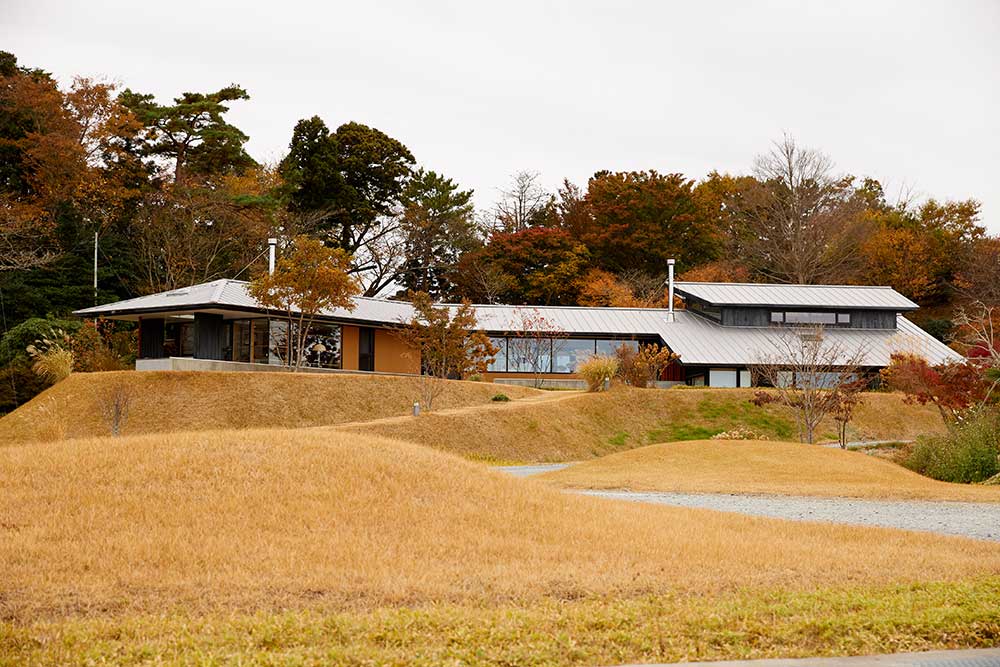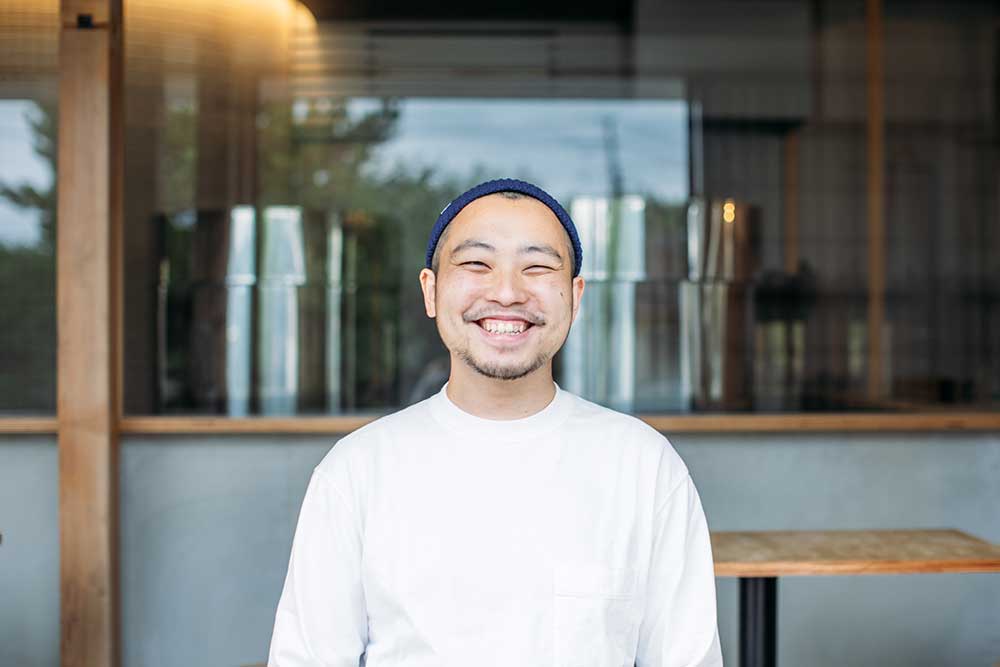Places of Interest
Minamisoma City Museum

Bringing natural history, history, and folk heritage exhibits together under a single roof, this museum provides fascinating insights into the area, including the famous wild horse chase.
The first thing that catches one’s eye upon entering the main hall of the Minamisoma City Museum is a life-size diorama of four mounted samurai competing to catch a flag suspended in mid-air. It’s a scene from the “battle for the sacred flags,” the signature event in the three-day-long Soma Nomaoi (wild horse chase) festival, which is believed to have been held in the Soma region since 1323.

Also on display are suits of samurai armor, shrine flags, illustrated folding screens and other paraphernalia related to the festival, not to mention a series of videos. “The Soma Nomaoi festival is just a three-day event, but here you can learn about it all year round. That’s what makes this museum special,” says chief curator Fumihiko Futakami. Explanatory panels in English and Traditional Chinese have been added to this section of the museum in order to reach the broadest possible audience.
The museum’s natural history section manages to pack a mighty punch despite its modest size, featuring a fossilized dinosaur footprint, a fossilized 4-meter-long section of whale spine, and stuffed local animals—including a luridly pink-faced Japanese macaque monkey.
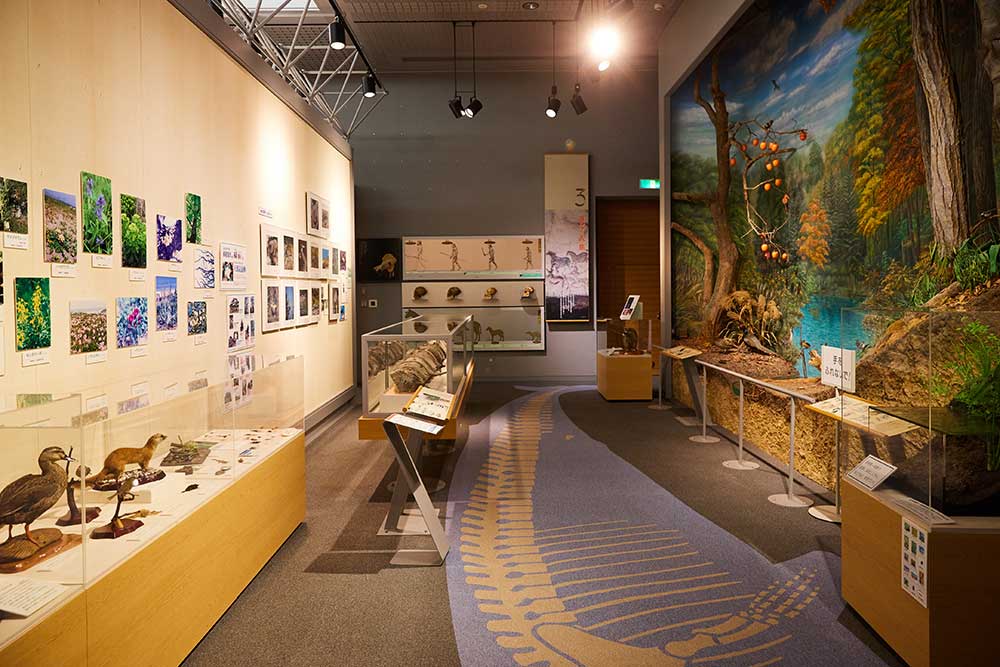
The largest of the Museum’s three sections is devoted to local history. It takes you on a chronological journey of the Minamisoma region from Upper Paleolithic period to the 1980s. Highlights from the distant past include a fossilized walnut basket from the Jomon Period (ca. 10,000–ca. 300 B.C.) and an entire steelmaking furnace from sometime between the seventh and tenth centuries that has been transported into the museum.
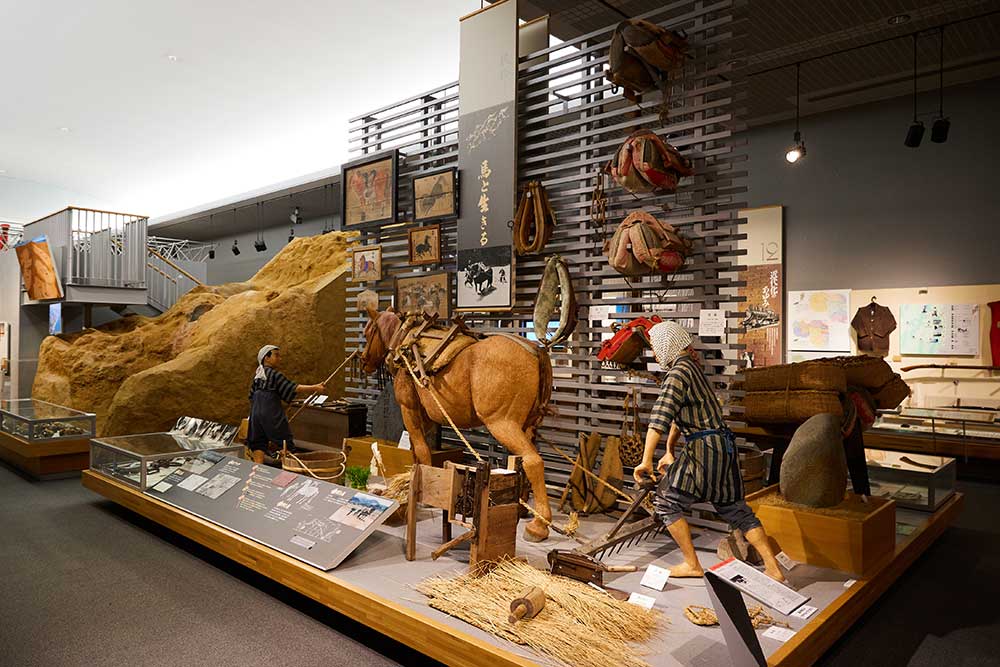
The section on the Kamakura period (1185–1333) depicts the beginning of the age of the samurai. This was when the Soma clan—whose genealogical table is on display—took control of this region, bringing the wild horse chase with them.
In the Edo period (1603–1868), Japan enjoyed a long peace. Haramachi (where the museum stands but which is now part of the city of Minamisoma) had evolved into a key staging town on the Hama Kaido, the coastal road which ran from Edo, the capital, up to Sendai in the north. A scale model of Haramachi at the time reveals a prosperous place with a large number of lodging houses.
The eighteenth and nineteenth centuries were a brutal time for northeast Japan, with periods of famine in the 1780s and in the 1830s. Documents show the devastation wrought by hunger and the efforts made by heroic figures like Tomita Takayoshi and Ninomiya Sontoku to revive the region.
The section on modern Japan, starting with the Meiji era (1868–1912), covers the 1898 arrival of the railroad, the Joban Express Line. Another display features the construction of the 200-meter-tall Haramachi radio tower which relayed the news of the 1923 Great Kanto Earthquake to the United States.
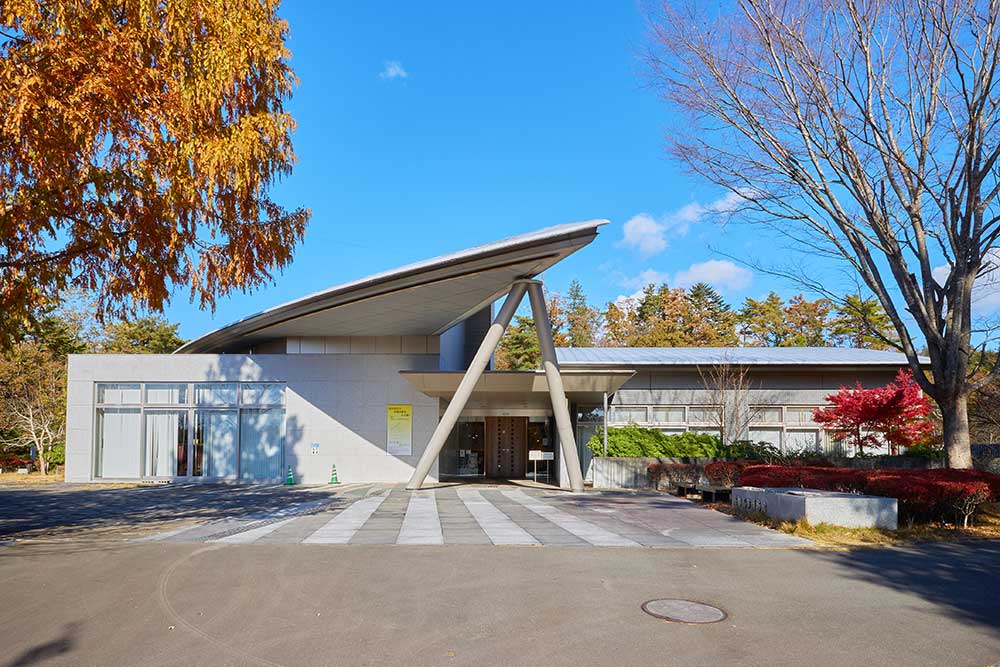
DATA
- Minamisoma City Museum
-
-
- Address
- 194 Deguchi Hara-machiku Gorai, Minamisoma City, Fukushima Pref. 975-0051
-
- Tel
- 0244-23-6421
-
- Hours
- 9:00 am – 4:45 pm (Last entrance at 4:00 PM) Closed on Mondays
-
- Entrance fee
- 300 yen (with a small surcharge for special exhibitions)
-
